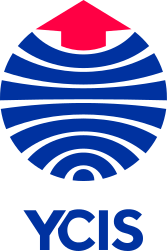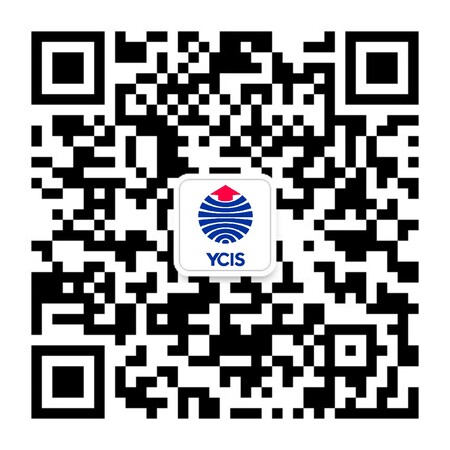Go Back
News
News
Sat Arora: YCIS Beijing’s Chief Technologist
News
19 Jan, 2018
10 : 00
In this week’s Teacher Profile, we highlight the incredible work and commitment of Sat Arora, Secondary Technology Integrator at Yew Chung International School of Beijing. Originally from India, Sat has taught computer science since 1999, when he first developed a passion for education through tutoring his university classmates.
Speaking with Sat, he shares stories about the aspects of teaching that he finds most rewarding, and offers tips for students who also want to pursue careers in technology.
Please introduce yourself.
My name is Sat Arora. I’m from India, and I’ve been teaching computer science and technology for 19 years. I began my teaching career in India before taking a position in Jakarta, which was my first overseas experience. I later worked at an international school in Bali, as well as being the head of the technology department for a group of six IB schools in Kuala Lumpur.
In August of 2014, I was able to join YCIS Beijing, and I’m loving it. I’ve lived in and traveled to many different countries and met people from all around the world, and I’ve found that YCIS Beijing is truly one of the best schools in the world. In terms of technology, infrastructure, resources, student body, teachers, leadership, school management, everything. Though this, of course, is my personal opinion, I also believe that it’s a fact. My family and I are truly happy now being a part of the YCIS Beijing community.
Please tell us about your role at YCIS Beijing.
My role is pretty versatile. I teach IGCSE ICT to Years 10-11, and I teach CAS to IBDP students in Years 12-13. I’m also the Secondary Technology Integrator, helping teachers to integrate tools and apps to take advantage of the latest tech in their classrooms.
Additionally, I’m also involved in PowerSchool management and maintenance. During the past couple of years, we’ve migrated many school operations to PowerSchool, including allowing for students to sign up for co-curricular activities, as well as IGCSE subjects, directly through PowerSchool. Integrating more systems into one place makes the process easier and more efficient both for staff and for students.
Many technology experts go into full-time tech careers. What inspired you to become an educator instead?
When I was taking computer science courses in university, I found that I had a passion for tutoring my classmates. One of my professors later commented that I was good at explaining things to my peer group, and he suggested that I look into teaching after I graduated. Though this experience, I took a teaching post immediately after graduating and have never regretted this decision.
What aspects of teaching do you find most rewarding?
It’s most rewarding when you see students learning and getting good grades. For parents, especially of Years 11-13 students, good grades are important. So, it’s exciting to see students come out of exams with flying colours.
Moreover, it’s always rewarding to witness student learning. When students are able to grasp a new concept, and then explain it to other students, I feel very proud as a teacher. Being able to explain complex topics to other people is a sign of deep understanding, so it’s wonderful to witness when students are able to do this.
What’s most challenging when incorporating technology into the classroom?
With technology, you should always have a Plan B. What if something doesn’t work? For example, sometimes a projector will not connect to the computer. In this case, the problem could originate from a number of different issues – maybe you need to recalibrate the projector screen or smart board, or maybe the cable is broken. In any case, we shouldn’t rely completely on technology, because it doesn’t work 100% of the time.
Whenever I’m going to present something, I always make a point to arrive 10-15 minutes before schedule so that I can make sure everything is set up and working properly. And if there is an error, I’m always prepared and have a Plan B available.
What tips do you have for students who want to pursue tech careers in the future?
These days, the IT industry is falling short of programmers. It’s important to encourage our students to take programming and coding seriously. And when students are able to code, they learn a skill that can be applied to other aspects of life as well. If students are good at coding, they’ll be good at maths and science also because coding is all about logic and problem solving – which are important skills for students to develop in the 21st century.












